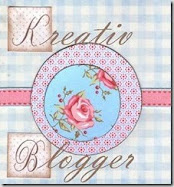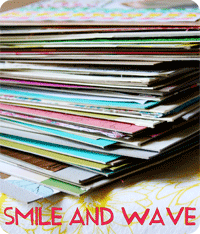These are the first of the recipes that you will be using as you clean your living areas; but keep in mind that you will use them in other rooms, and perhaps in other capacities. That's one of the great things about these cleaners - they are so very versatile.
Every cleaning kit needs the multi-tasking, all-purpose surface cleaner - your new, improved, organic kit will be no different:
- Fill a 16 oz. squirt bottle with a 1:1 solution of distilled white vinegar and water. Add 15-20 drops of an essential oil with antiseptic qualities of your preference (tea tree, lavender, lemon).
Use this recipe for cleaning surfaces after dusting, such as plastic or metal blinds, painted wood surfaces, painted walls, molding - and those once-funky fan blades.
- Furniture Polish: Fill a 16 oz spray bottle with 1 cup light olive oil, 20+ drops pure essential lemon oil, 1/4 cup distilled white vinegar, and fill remainder of the bottle with purified water*.
Shake well before each use. Spray onto your rag, or directly onto furniture. Buff dry immediately. *Purified water is optional, but recommended based on pH levels of tap water being too hard/soft for proper treatment of wood. You can and should also use this polish on any wood cabinetry you may have throughout your home.
- Glass Cleaner: Fill a 16 oz. spray bottle with Club Soda. That's it. Spray your glass. Wipe with a lint-free rag.
I promised you all a fabulous carpet cleaning method that is all natural, as well as some remedies for removing stains:
- Mineral Water is an excellent all-purpose stain remover
- For fruit juices/red wine: blot with towel and cold water. Keep blotting and add kosher or sea salt or club soda to lift the stain.
- Grease: Pour boiling water over the grease, then dry baking soda.
- Blood: Cold water or hydrogen peroxide OR a paste or cornstarch with water. Allow to dry and brush away.
- Rust: Saturate with lemon juice. Rub with Salt.
Now that you've pretreated your stains, prepare a mixture of 1/8 cup castille soap to 2 gallons of hot water. Steam clean using standard equipment. Repeat process until water comes up clear. Allow to dry before heavy use (translate: kids, pets).
And as for deodorizing the carpet, depending on how much square footage you have to cover, you'll need a 1/2 cup to a cup of baking soda. Add about 20 drops of lavender essential oil per cup, and stir. Sprinkle the aromatic blend atop your carpet, and let sit for 30 minutes to do its thing. After that half hour, vacuum as normal - and enjoy the fresh, clean, phthalate-free air.
Onto the tools of the trade. As I've mentioned, 16 oz. spray bottles are a favorite of mine. As well, a glass shaker (like from the pizzeria) is perfect for the baking soda deodorizer sprinkle, lint-free rags - like the ones you can find from the company Twist are a favorite in my kit for dusting and mopping (I even attach them to the base of my old Swiffer).
Now I am going to completely blow your minds and go against the gospel of Martha, Mothers, Grandmothers, and French Maids everywhere by saying this: Feather Dusters do nothing but further spread the dust. Unless you have the right kind (expensive ostrich feathers) – you are just making a bigger, allergy-fest of a mess. So unless you feel the need to dress up like this when you clean:
Just don't use it, it doesn't help with anything. What you need are microfiber dust cloths: they pick up the dust and keep it held on tight – it's like some sort of dust magnet. When you collect too much dust on one cloth, just take it to the sink, clean it off in warm water with a drop or two of tea tree or lavender oil; and set it in the sun to dry. On to the next dust cloth.












1 comment:
Great recipes! Thanks! We never used a duster in my house, just old socks on our hands that we threw out after picking up the dust from shelves and stuff.
Post a Comment